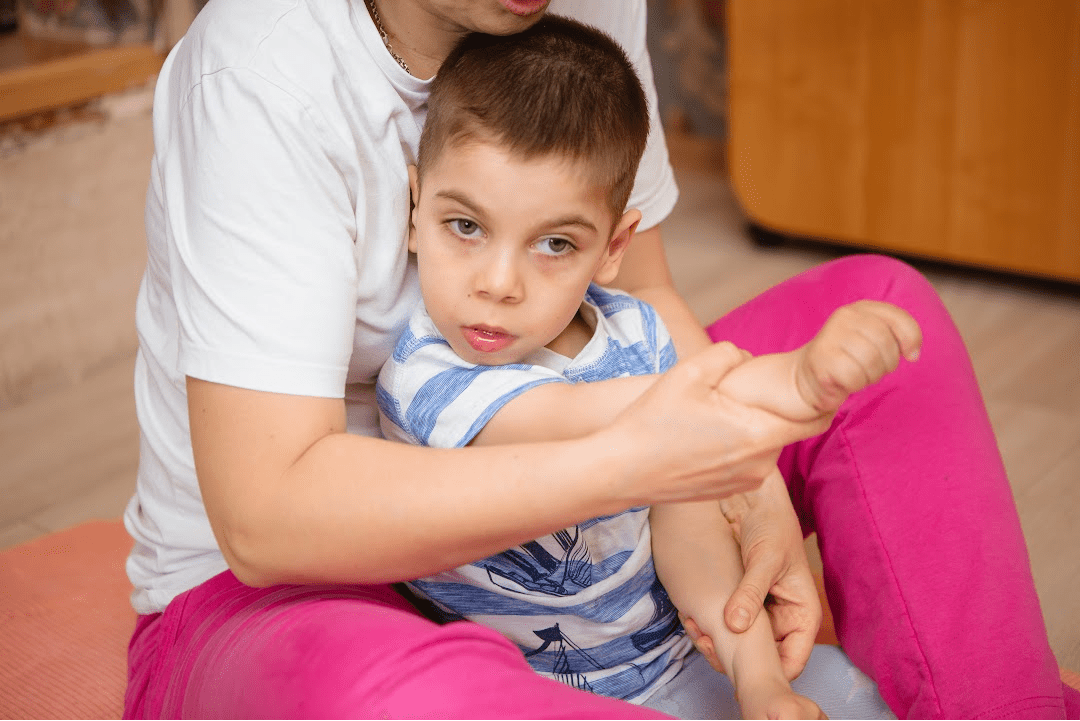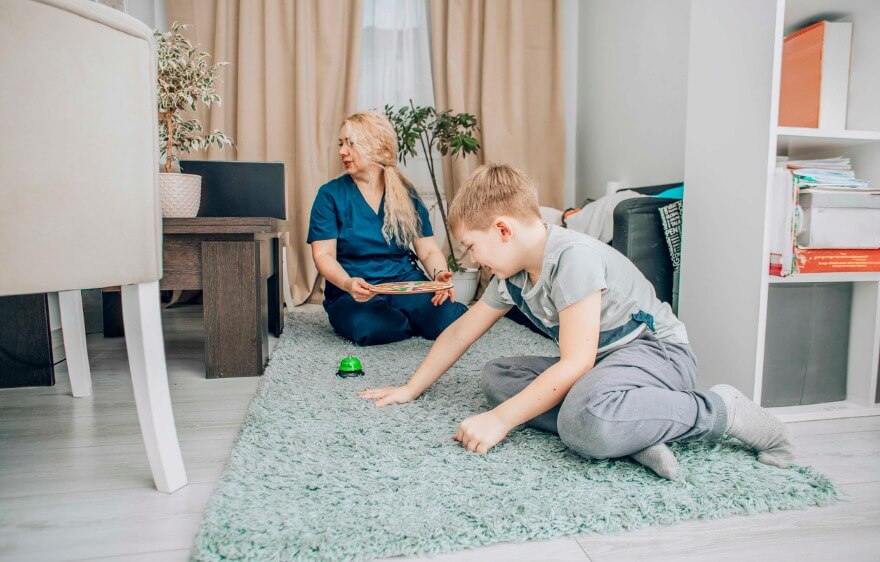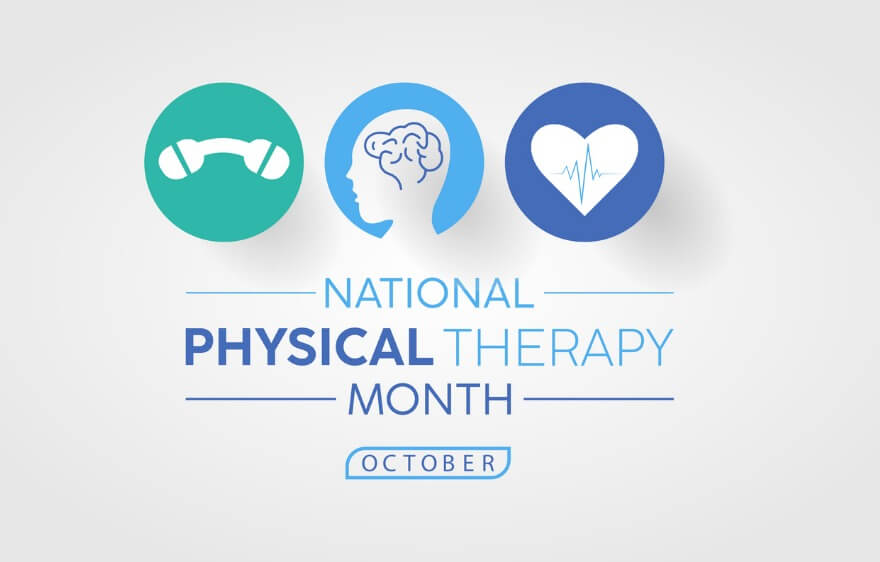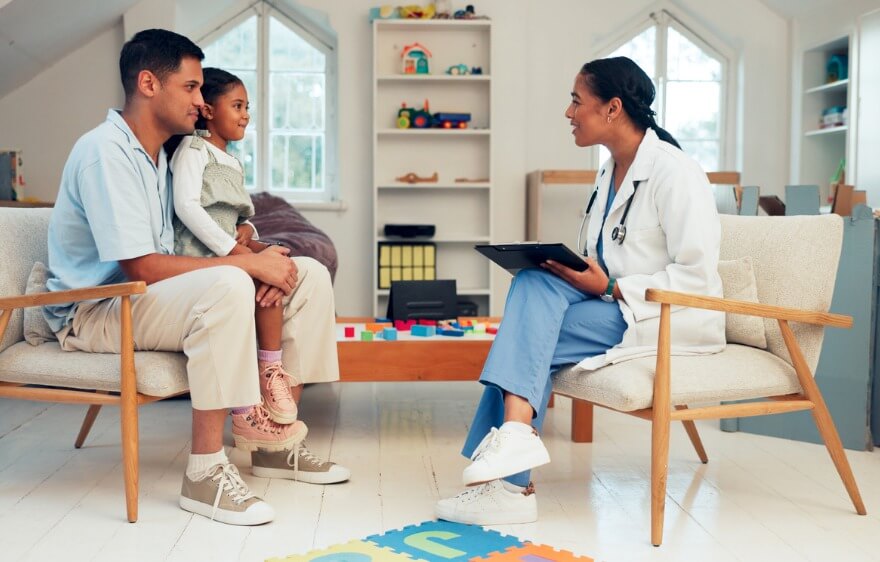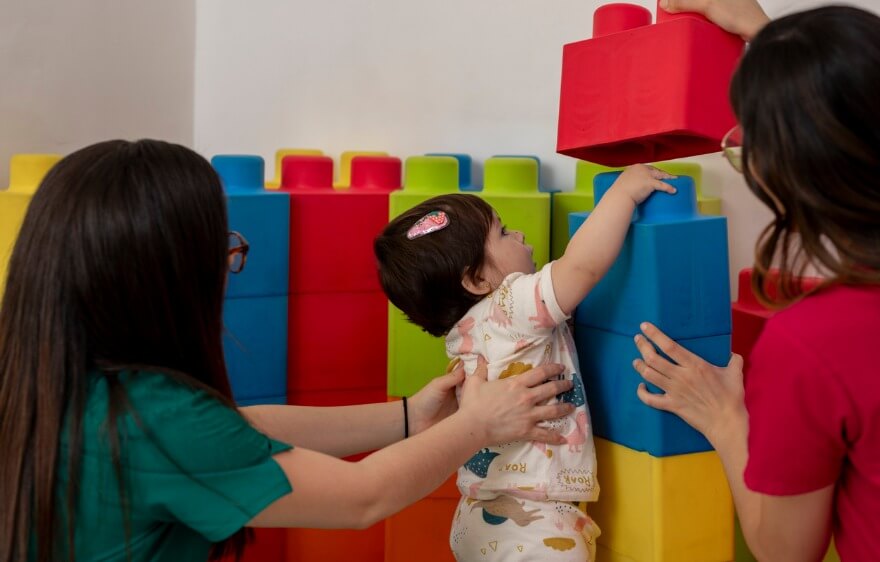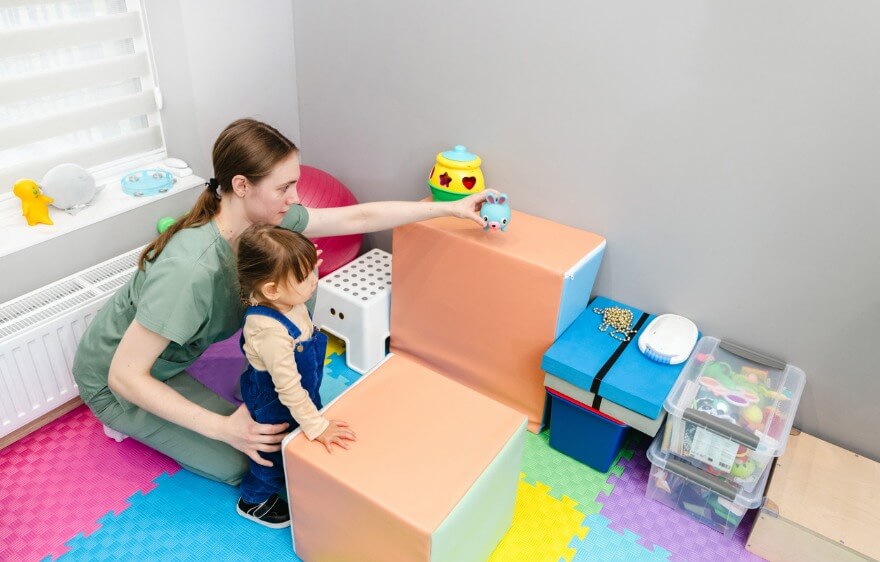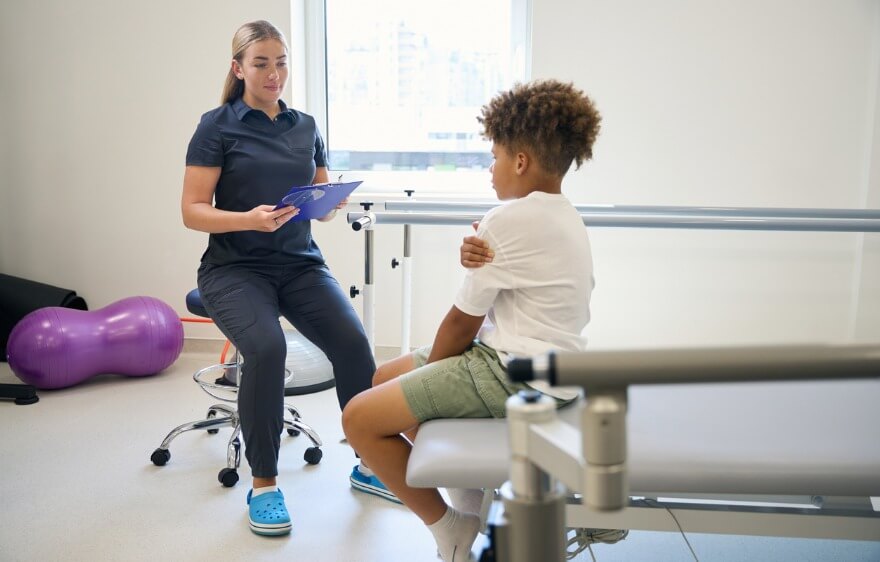Cerebral Palsy (CP) is a neurological disorder that affects a child’s basic motor functions. It is the most common type of motor disability and impacts about 1 in 345 children, according to the Autism and Developmental Disabilities Monitoring Network.
CP has a range in terms of severity and symptoms which can lead to different and unique issues with each individual child. Some may have more of an issue with movement of the whole body while others may only have trouble with a certain function. This is all dependent on the extent and location of brain damage, but the core issue will always surround difficulties related to movement. Here are some of the main things to know about cerebral palsy in children and what treatment is available.
What Causes Cerebral Palsy?
Cerebral palsy doesn’t always have a known cause, but it tends to be most common for symptoms to develop in the early stages of infancy or even in the womb. Some possible reasons for this condition include medical issues or possible infections during pregnancy, if the mother suffers a stroke while pregnant or during birth, various genetic disorders, or even issues that can occur during the birthing process. While CP can and does occur in full-term babies, premature births, multiple births (twins, triplets, etc.), and babies who are born with a low birthweight tend to face more significant odds of having CP.
How Is Cerebral Palsy Treated?
While there is no cure for cerebral palsy, there are a wide variety of treatments and therapies available that can help children learn and grow to reach their full potential. To get started, the first step is to have the child evaluated and receive an official diagnosis.
To get a confirmed diagnosis of CP, parents usually need to wait until their child is at least 6 to 12 months old and able to compare against traditional developmental milestones. Once they have a better idea of what is going on, the first thing a doctor will recommend is a neurological exam to assess the child’s reflexes and overall motor functions. Following this exam, an MRI, CT scan, and Electroencephalogram (EEG) test may be ordered to provide an in-depth look at the child’s organs, bones, tissues, and brain activity. Additionally, during this time, various studies can be conducted, such as gait lab analysis, which observes the child’s walking patterns, as well as feeding studies to identify any issues with eating and swallowing. While the road to a diagnosis can feel like a lot for both child and parent, it is a vital step in the process to ensure the best methods of treatment and therapy for the child’s individual needs.
After an official diagnosis has been made, a doctor will typically make a referral for the child and their parents to begin physical therapy, as well as any other necessary treatments.
What Are Physical Therapy Sessions Like?
Physical therapy is the most common therapy a child with CP will have. Because the primary issues of CP are directly related to movement, physical therapy is essential to help the child meet their developmental goals.
When first starting physical therapy, the physical therapist (PT) will review the child’s full medical history and typically conduct a variety of movement tests with the child to determine where attention should be focused. During these tests, the PT may study the child’s walking movements, flexibility, posture, reflexes, and balance. In addition to the body and movement tests, they may also assess cognitive functioning, breathing, and sensory integration to gain a more comprehensive understanding of the individual’s overall health. Following the evaluation, the therapist will create an individualized plan of care that includes goals and treatment plans tailored to the child’s specific needs and environment.
Once an official plan is in place, the real work can begin. The physical therapist will use their sessions to address both immediate needs and teach skills that can be practiced outside of therapy to accelerate progress. The PT will perform body manipulations on the child during various exercises, utilize specific stretches to help improve flexibility, and engage in strength training games, posturing, and balance activities. The overall goal is to create a supportive and well-rounded approach that addresses the child’s needs, builds upon their capabilities, and improves function without causing any further pain or discomfort.
Other Therapies That Work With Physical Therapy
While physical therapy is usually the most common type of therapy recommended for a child with CP, depending on the other symptoms involved, other types of therapies may be needed to complete a comprehensive plan of action that addresses all needs. Some of the most prevalent would be occupational therapy, which helps a child gain independence through navigating tasks in day-to-day living, speech therapy that works on any type of speech impairment or swallowing function such as what children with dyskinetic CP can often face, or recreational therapy that uses various types of physical activities such as sports to boost the progress of motor skills as well as improve overall confidence and health.
Schedule Your Child’s Care Assessment Today
At Care Options for Kids, we understand the unique challenges of caring for a child with health conditions. Our dedicated team of pediatric home health nurses is here to support your family with compassionate, expert care tailored to your child’s needs. Contact us today to schedule an assessment and learn how we can help you navigate this journey with confidence and care.
Click here to start your journey to better care.
This post is for educational and informational purposes only. You should always speak with your own therapist before implementing this information on your own.
